Robert Hastie, deputy artistic director of the U.K.’s National Theatre, is juggling major productions on both sides of the Atlantic next spring, transferring his production of “Hamlet” to New York’s Brooklyn Academy of Music while helming a new adaptation of Maxim Gorky’s “Summerfolk” in London.
The “Hamlet” transfer, running April 19-May 17, 2026 at BAM’s Harvey Theater, marks the inaugural production in a new multi-year partnership between the National Theatre and BAM. The production stars Olivier Award winner Hiran Abeysekera in the title role.
“We’ve been wanting to set up the first of our BAM collaborations for a long time,” Hastie tells Variety. “So making sure that landed well was going to be a priority.”
The partnership represents a significant milestone as the National Theatre celebrates 60 years of staging productions in the U.S. Alongside the transfer, BAM will work with local Brooklyn schools to deliver their (Re)Centering Theater program, and audiences can explore a free exhibition about “Hamlet” and its legacy at BAM’s Rudin Family Gallery.
“We’re really excited to take Hiran Abeysekera’s incredible performance of ‘Hamlet’ to different audiences in a different part of the world,” Hastie says.
Meanwhile, Hastie will direct Nina Raine and Moses Raine’s fresh adaptation of “Summerfolk” in the National Theatre’s Olivier Theatre space in London, running March 6-April 29, 2026. The production examines Russia’s elite in 1905 as they retreat to the countryside, oblivious to the approaching revolution.
“I’ve always loved the play, but also felt it feels quite prescient,” Hastie explains. “It’s written in 1905 about a group of very well off, comfortable people, and even though Gorky, when he wrote it, couldn’t have known that their way of life was within just over 10 years going to be swept away forever, you can sort of somehow feel it – like flames around the edge of a photograph.”
The director sees contemporary resonance in the work’s themes. “There’s something in the air in life today that feels – we can feel the air of, you know, don’t quite know what the coming shifts are going to be, whether it’s going to be technology based or politically based or, you know, we’ve just had a pandemic, but there’s an air of sort of slightly millennial doom around,” he says.
Hastie describes the play as being “about a group of people, some of who can sense that something is on the horizon that’s going to change their way of life forever. And there’s a choice to be made about whether to bury your heads in the sand and carry on partying, or whether to lift your head up and look the future in the face and do something about it.”
While “Summerfolk” could remain anchored in its original 1905 Russian setting rather than being updated to the present day, Hastie says there’s value in that approach. “There is something really useful about watching a group of people behaving in a different time, in a different place, facing similar shifts and changes,” he explains. “That has happened periodically in different times and places should perhaps offer us a little hope that there’s always a way through if we think about it in the right way.”
The period setting also allows the production to avoid getting “too bogged down in setting it in a nice glass kitchen, and actually really to invest in the relationships and the characters,” Hastie adds.
The Raines’ adaptation brings contemporary British wit to Gorky’s text. “There’s a sparkiness and a sense of humor in Nina and Moses’ writing that feels very contemporary to us,” Hastie says. “What they’re finding in the Russian [text] is that the characters spark off each other, take the piss out of each other, flirt with each other, condemn each other, provoke each other in very similar ways to the way that contemporary British groups would speak.”
He compares the style to Armando Iannucci’s work, particularly “The Death of Stalin,” where period settings combine with recognizably modern character dynamics. “You’re absolutely rooted in the period in which the story is being told, but the characters are completely recognizable, not only the characters, but also their sense of humor, their wit, their style, the way that they talk to each other,” Hastie says.
The productions exemplify the evolving identity of the National Theatre under co-chief executives Indhu Rubasingham and Kate Varah. “I find Indhu really inspiring, and I always have done,” Hastie says. “It’s really exciting being a part of the team that’s helping to shape the next chapter of the National’s history.”
He praises Rubasingham’s focus on “innovating new writing and bringing in new voices” and her work “acting as a hub for the both the local and the global.”
“That points to the kind of National that we want to be, a truly national organization, both presenting our British stories in their many, many various forms, on the South Bank, digitally around the country and also getting out and taking work out around the country to be truly national,” Hastie explains. “But also to be a National Theatre that represents the best of British theater to the world, and in return, in a reciprocal way attract great global artists and perhaps new global stories to British audiences.”
Hastie’s approach draws from his success with “Standing at the Sky’s Edge,” with music and lyrics by Richard Hawley and a book by Chris Bush, which he directed in Sheffield for a Sheffield audience about a Sheffield building before transferring to the National Theatre, the West End, and winning an Olivier Award.
“We made ‘Standing at the Sky’s Edge’ in Sheffield for a Sheffield audience, about the building more or less next door to the theater where we made it, you couldn’t get more local,” he recalls. “By making it very proudly for that city, we managed to make something that had a universal appeal. Bringing it to the National Theatre, which felt quite risky, proved actually to attract audiences, to engage with audiences in a way that none of us had expected.”
He applies similar thinking to “Hamlet” at the National. “It’s not a particularly daring piece of programming – it’s been done several times in the National’s past – but hopefully we’re making it in a way and with a cast who are delivering one of the greatest plays in the English speaking canon, but are also engaging audiences who might be new to Shakespeare, who don’t come with the weight of many National Hamlets in their experience and are therefore coming to the world that we’re creating without any preconceptions,” he says. “We’ve got to tell the story as clearly and as excitingly as possible.”
However, Hastie expresses concern about the state of new writing in British theater. “I do think that there is a bit of a crisis in new writing around the country,” he says. “Having worked for eight years in Sheffield, where we were blessed to have an audience who really engaged in new plays, I know firsthand that there is an audience out there who are excited by new voices and new stories, but the economics and the culture is getting it harder to get new work to those audiences.”
The issue isn’t a lack of talent or interest. “There’s no shortage of great writers and great artists, and there’s no shortage of audiences for all those stories, but the economic models that bring new work to audiences are out of date, under incredible strain, tough to fund,” Hastie explains.
He warns of the consequences: “What that means is that the rich variety of British theater that’s always made it so vibrant and so great and so world leading – we can’t risk that narrowing to known quantities that mean that we’re missing the exciting new voices and the untold stories.”
The National Theatre maintains an active new work department that works with both established and emerging writers. Recent examples include playwright Nima Taleghani’s Euripides adaptation “Bacchae,” which launched Rubasingham’s tenure. “He is a writer way beyond his years, but hadn’t had a play on at the National before this moment,” Hastie notes.
The theater is also expanding its reach through partnerships and digital platforms. A recent collaboration with the Educational Theatre Association delivers the National Theatre Collection free to 5,000 U.S. schools in all 50 states. “We’re reaching 40,000 NYC public school students, 70% of whom are economically disadvantaged,” Hastie says. “It’s not just about taking the work to new audiences, but it’s about reaching different kinds of audiences.”
The National Theatre’s international partnerships extend beyond BAM to include The Shed, another major New York arts center. “We’re also really passionate about spreading the work digitally,” Hastie adds, pointing to National Theatre Live cinema broadcasts and streaming via National Theatre at Home.
The National Theatre’s spring 2026 season also features several major productions. Marianne Elliott returns to the venue after nine years to direct “Les Liaisons Dangereuses” in the Lyttelton Theatre (March 21-June 6). The production of Christopher Hampton’s adaptation of Pierre Choderlos de Laclos’ novel stars Monica Barbaro as Madame de Tourvel, Lesley Manville as Marquis de Merteuil, and Aidan Turner as Vicomte de Valmont, with newly announced cast members Sharif Afifi as Azolan, Nandi Bhebhe as Julie, Ali Goldsmith as Major-Domo, Darragh Hand as Chevalier Danceny, Cat Simmons as Madame de Volanges, Hannah van der Westhuysen as Cécile Volanges, and Gabrielle Drake as Madame de Rosemond.
Anthony Lau makes his National Theatre debut with Terence Rattigan’s “Man and Boy” in the Dorfman Theatre (Jan. 30-March 14). Set in 1930s New York during the Great Depression, the production stars Ben Daniels as international financier Gregor Antonescu and Laurie Kynaston as his estranged son Basil Anthony. The cast also includes Phoebe Campbell as Carol Penn, Isabella Laughland as Countess Antonescu, Malcolm Sinclair as Mark Herries, and Leo Wan as David Beeston.
Miranda Cromwell directs the world premiere of Winsome Pinnock’s gothic psychological thriller “The Authenticator” in the Dorfman (March 26-May 9), reuniting the acclaimed team behind “Rockets and Blue Lights.” The production stars Rakie Ayola as Abi, Sylvestra Le Touzel as Fen, and Cherrelle Skeete as Marva.

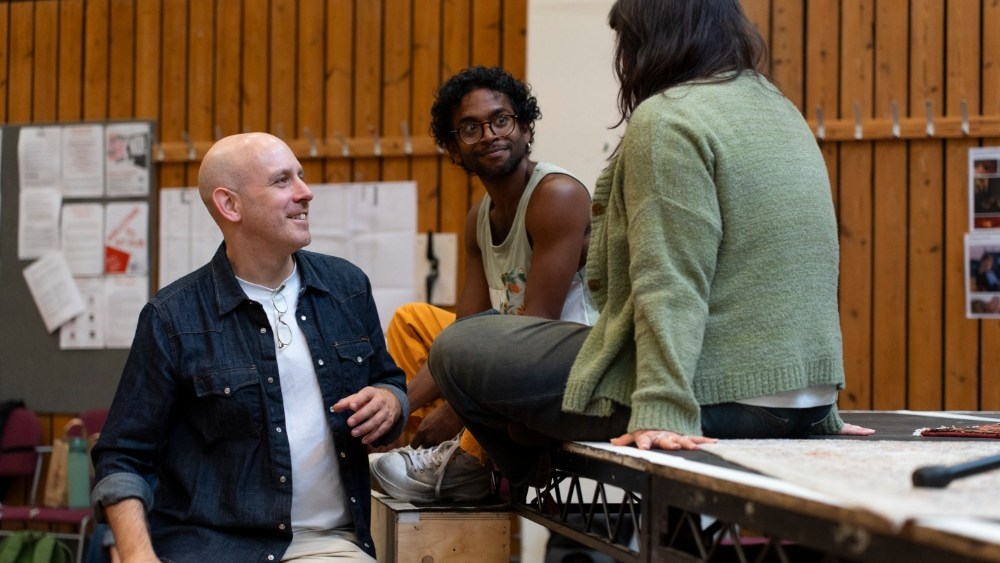
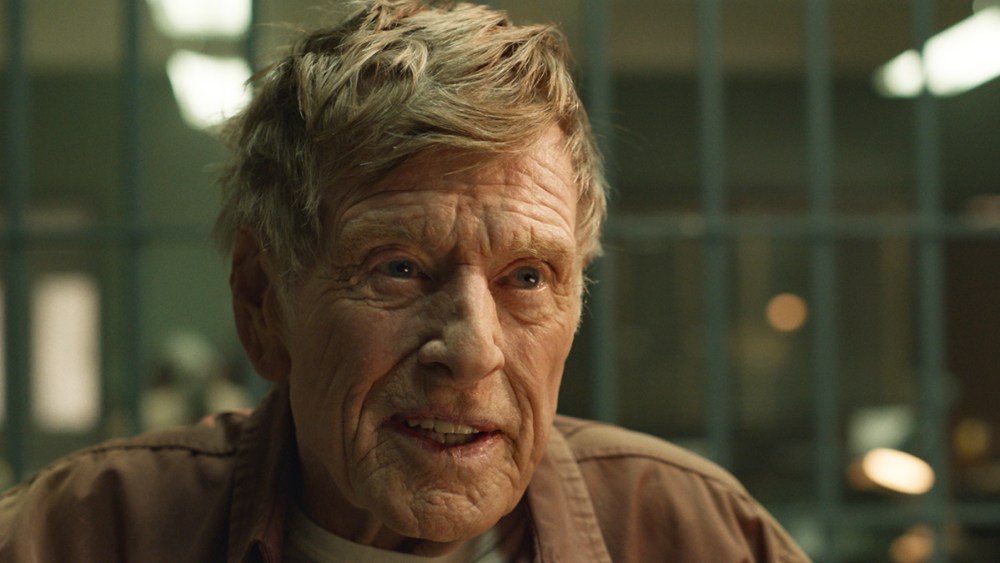
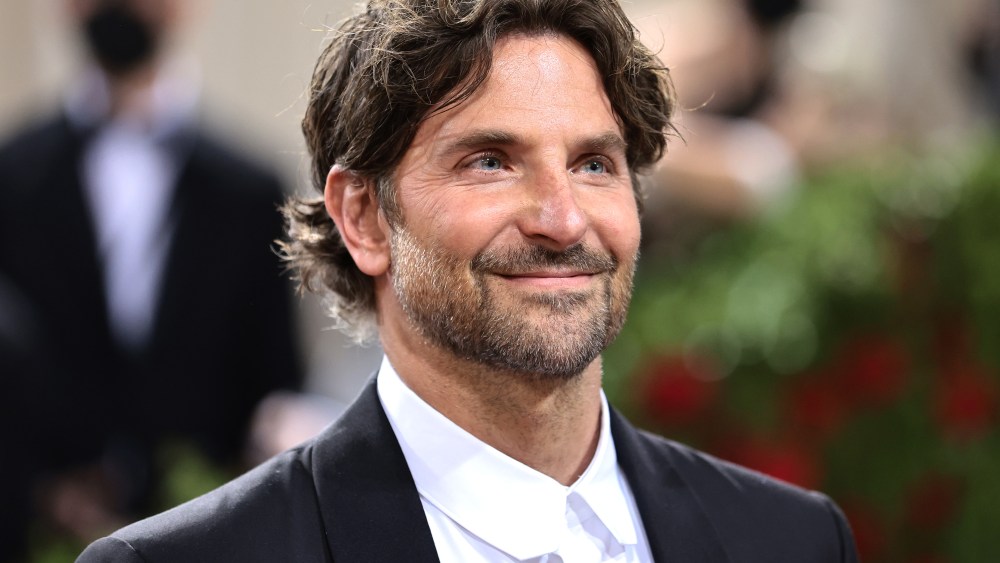

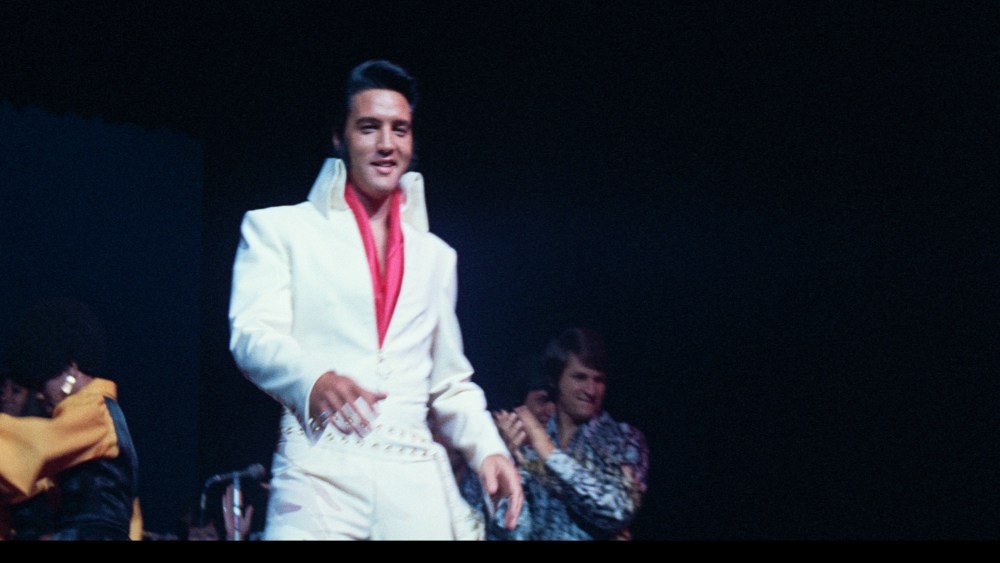

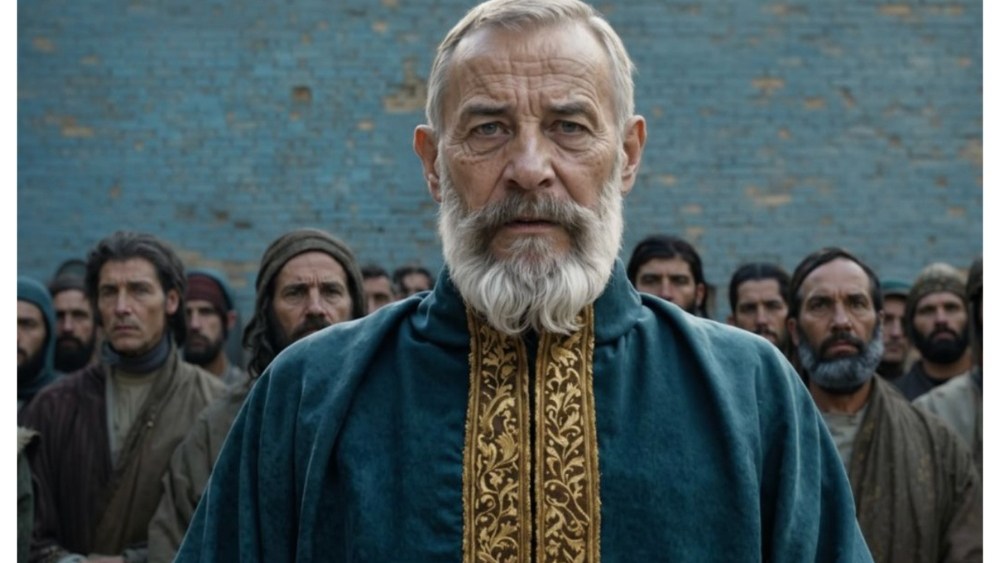



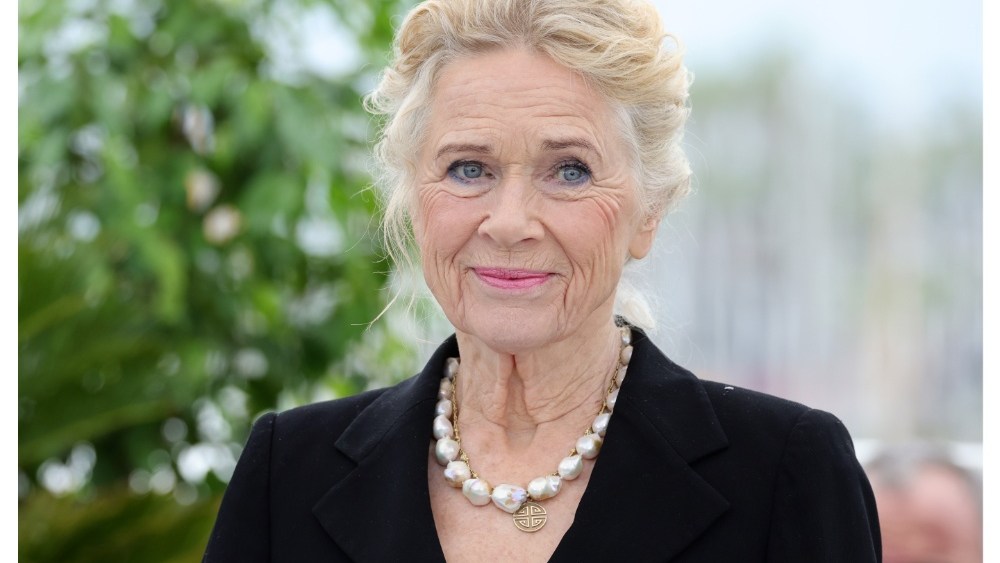


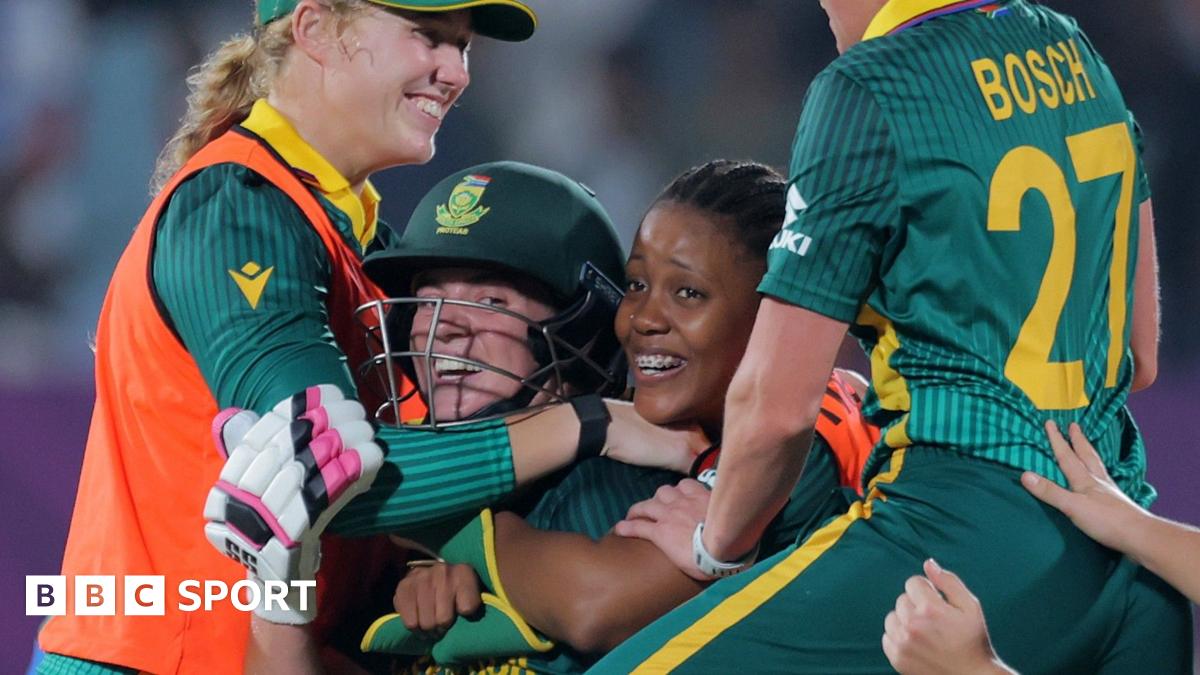
Leave a Reply